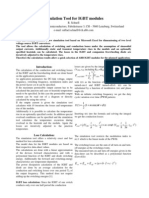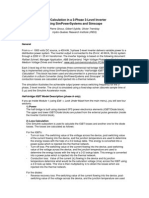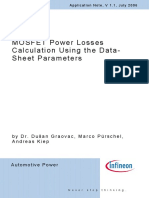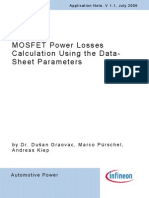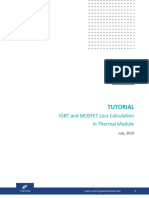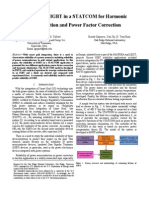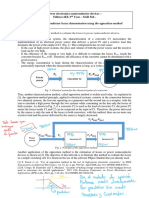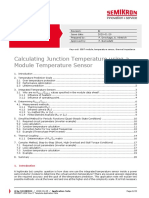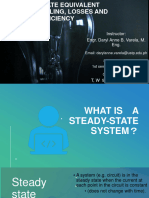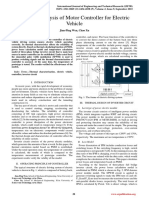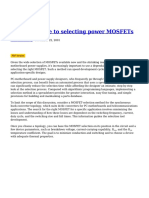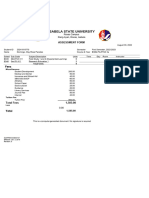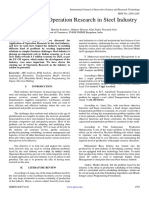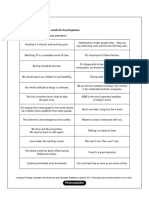0% found this document useful (0 votes)
12 views15 pages03 Thermal Modeling and Simulation
The document discusses the motivations and methodologies for thermal simulation in electrical systems, emphasizing the importance of calculating losses, reducing development time, and predicting performance. It details sources of thermal losses, particularly in passive components and power semiconductors, and introduces techniques such as lookup tables for efficient loss calculations. Additionally, it covers the implementation of combined electrical-thermal models and the challenges associated with thermal time constants in simulations.
Uploaded by
BiałyCopyright
© © All Rights Reserved
We take content rights seriously. If you suspect this is your content, claim it here.
Available Formats
Download as PDF, TXT or read online on Scribd
0% found this document useful (0 votes)
12 views15 pages03 Thermal Modeling and Simulation
The document discusses the motivations and methodologies for thermal simulation in electrical systems, emphasizing the importance of calculating losses, reducing development time, and predicting performance. It details sources of thermal losses, particularly in passive components and power semiconductors, and introduces techniques such as lookup tables for efficient loss calculations. Additionally, it covers the implementation of combined electrical-thermal models and the challenges associated with thermal time constants in simulations.
Uploaded by
BiałyCopyright
© © All Rights Reserved
We take content rights seriously. If you suspect this is your content, claim it here.
Available Formats
Download as PDF, TXT or read online on Scribd
/ 15
